(Visited 3.749 times, 1 visits today)

The François’ Langur is glossy black with white hair on the cheeks that extend from the corner of the mouth to the ears and a high pointed crest on the head. Very similar in appearance to the Hatinh Langur, they can be distinguished by the absence of white hair on the upper lip and that they hold the tail up and away from the body, whereas the Hatinh holds its tail up and over the body. Males and females differ little in size, weighing between 6.5 and 7.8 kilogram for males and 5.5 to 7.9 kilogram for females with an average head and body length of 56 centimeter. Females possess a distinctive ‘pubic patch’ of white fur and pale skin anterior to the callosities.
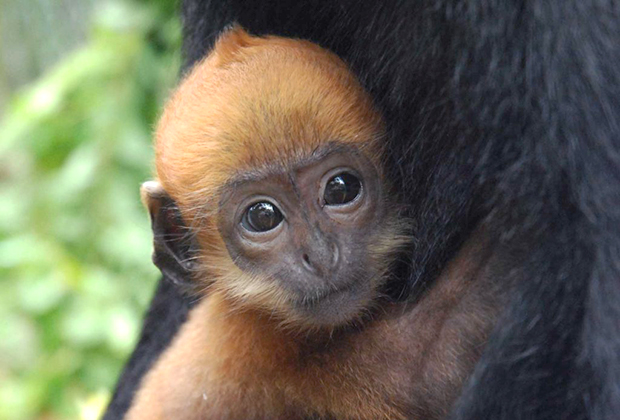
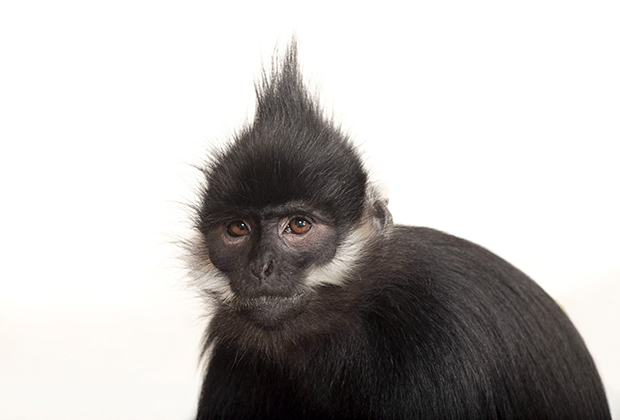
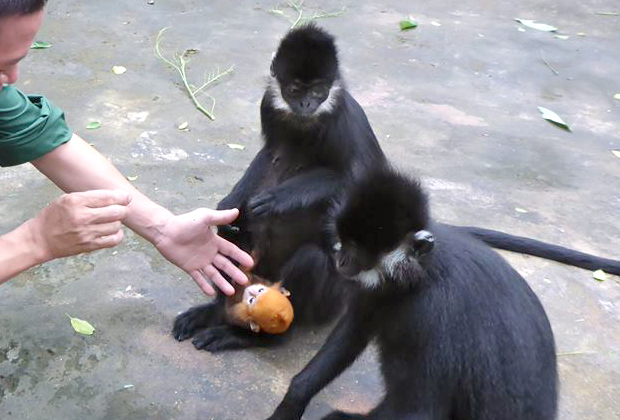
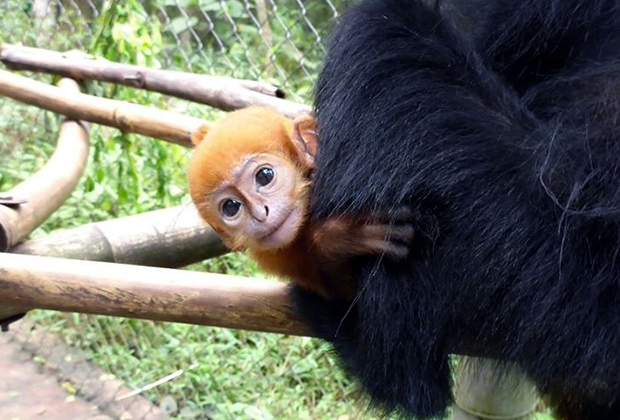
The François’ Langur can be found in Southern China and Northeastern Vietnam.
François’ Langurs prefer semi-tropical monsoon, moist tropical and subtropical rainforests in limestone. This species is mostly folivorous, with the remainder of the diet consisting of shoots, fruits, flowers, and bark. The average group size is 9-10 individuals, consisting of one adult male, multiple adult females, and offspring. Males and females reach sexual maturity in five and four years, respectively.
In Vietnam, the main threats to this species are hunting for traditional medicine and habitat fragmentation due to resource extraction in karst and the expansion of agricultural land. In China, hunting pressure is very high due to the production of ‘black ape wine’ made specifically from this species.
The species is protected in Vietnam and China. In Vietnam it is listed as Endangered in the 2007 Vietnam Red Data Book and is protected by law under Decree 32/2006 ND-CP: 1B.
International trade must be controlled in order to avoid utilization incompatible with their survival.
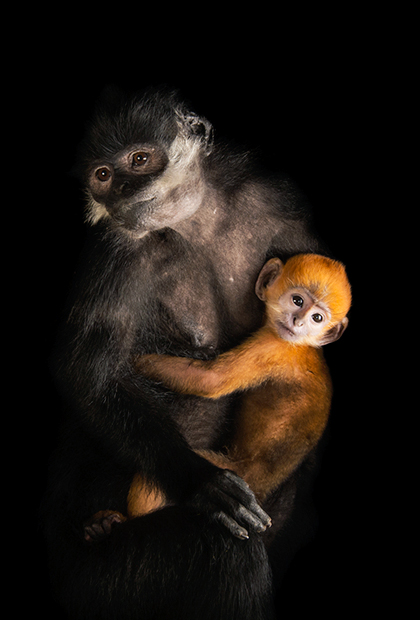

Established in 1993, EPRC is a not for profit project dedicated to the rescue, rehabilitation, breeding, research and conservation of Vietnam’s endangered and critically endangered primate species.
© Endangered Primate Rescue Center 2020
Website by MINIMUMMEANS